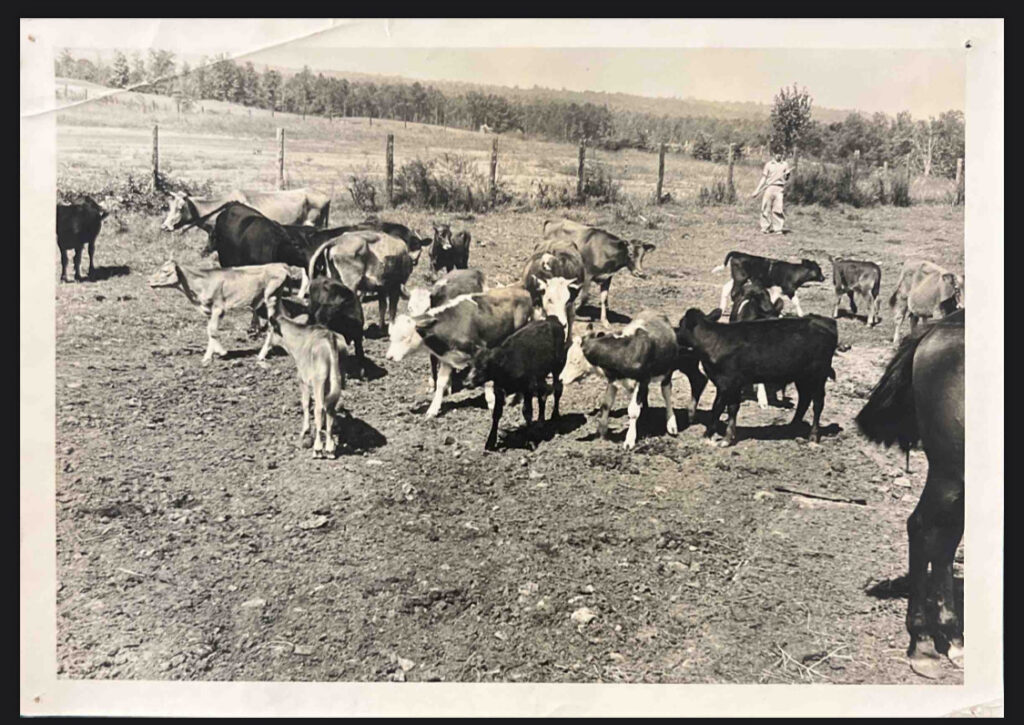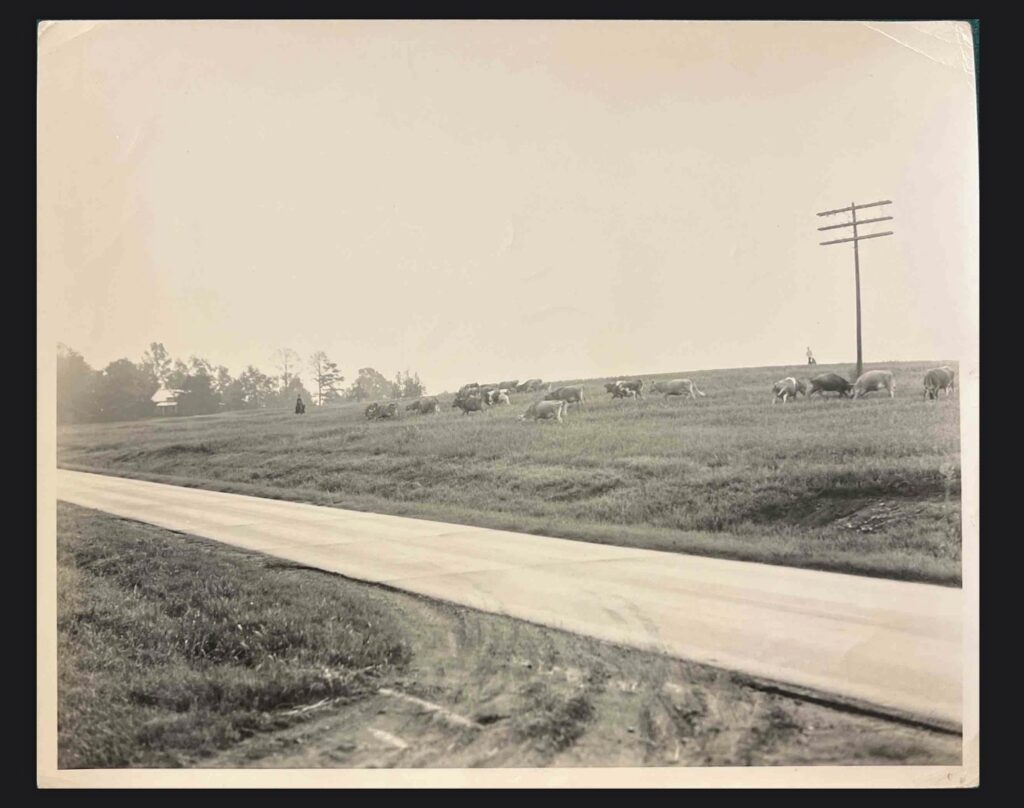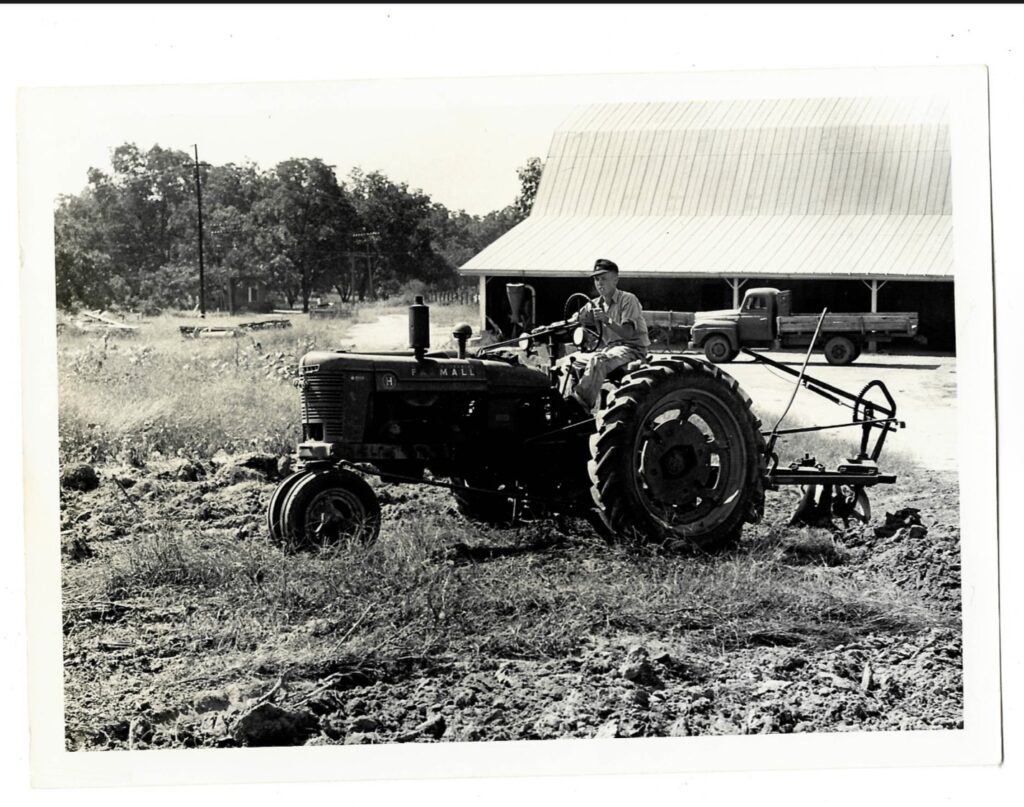February 6th, 2025
In our second year a gentleman living in town wished to put his two daughters in school. He had no money and proposed to trade me a cow for his daughters’ tuition. At that time we had no dairy and a cow was exactly what we needed to start our herd. This cow was a fine young Durham and I was assured that she was of the milk variety of that well-known English breed of cattle. Not having a boy in school that could milk, I took up the milking job myself.
After a few years of dairying, we experienced the deadly tick fever. The pastures had become infested with a tick said to have come from Texas. These ticks getting on the cows would infect them with a fever for which there was no known cure. Each season we would lose a cow or two and one fall we lost six or eight. Dr. Charles A. Cary, head of the Veterinary College at nearby Auburn was very kind each fall to send over one or two of his senior veterinarians. This particular fall when there had been so many fatalities the young men were with us nearly a week. In one of our conversations one of the boys said, “If you could afford it, we would propose that you build a dipping vat.”
I immediately inquired what a dipping vat was. I learned that the agricultural department at Washington had plans for a dipping vat that would hold a mixture that would poison the ticks and save the lives of our cattle. I quickly told the boys that we were too poor not to have such a vat. Walter Sears and several other of our students immediately began the building of a vat.

It was promptly charged as we called it, with a chemical liquid that would kill ticks. It was a proud day when we drove our herd for the first time through this vat, so made that the cow was driven down an incline and was obliged to drop into a vat over her depth.
She had to swim for a short distance when she would come in contact with a ramp which would lead her out of the water where she was confined in a pen until the water or liquid had all drained off. This solution, because of the arrangement of the vat, would flow back into the main receptacle.
This was the first dipping vat built in our county. There was great opposition to it and for a long time no one would use, much less build a vat.
It so happened that after immersing our herd the first time, we lost a cow and neighbors would exclaim to me, “What did I tell you?”
There was so much at stake that Dr. Cary himself came over to conduct a post-mortem on this cow’s death. He found that she had swallowed several turnips and that she would have died from choking even if she had not been dipped in a vat. I may here record that that cow was the only cow we ever lost which passed through the vat. We dipped every twenty-nine days and it was not so long until we were entirely free of ticks.










